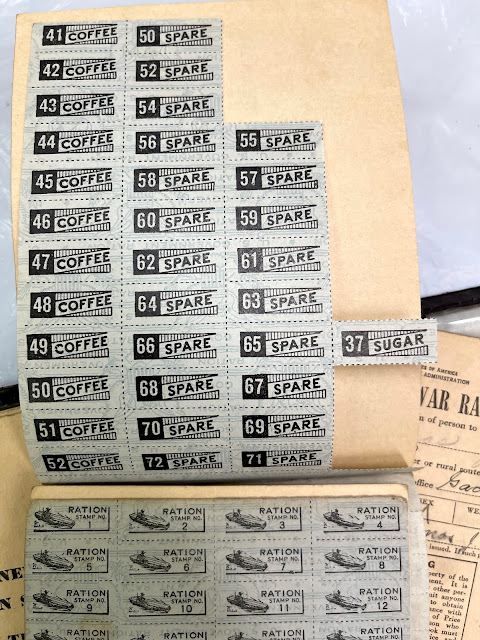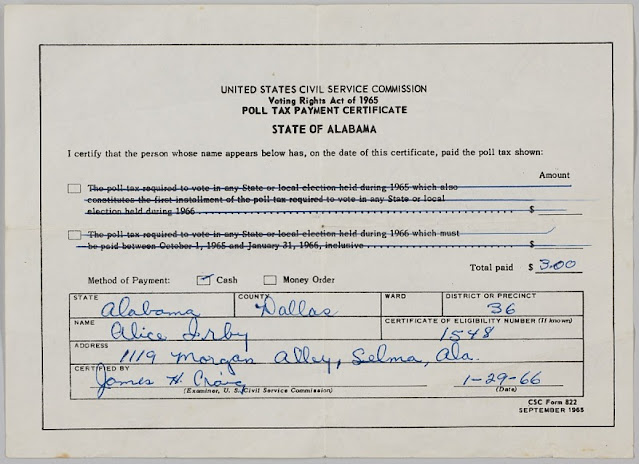In the summer of 1941 rationing increased in the United Kingdom due to military needs and German attacks on shipping in the Atlantic. The government there asked the U.S. to conserve food, and the U.S. Office of Price Administration began warning Americans of potential shortages in gasoline, steel, and other areas. The OPA created a rationing structure after the attack on Pearl Harbor on December 7, 1941.
Local officials chose volunteers for 5500 ration boards around the country. A system of books and stamps given to individuals in families were used to obtain rationed goods. Some stamps specified the rationed product, others were later associated with other goods. For instance, one airplane stamp allowed a person to buy a pair of shoes; stamp number 30 from ration book four was needed for five pounds of sugar. Other strictly regulated products included tires, gasoline, meats, cooking oil, butter and canned goods. All household members received ration books, as did merchants of all types. As you might expect, a black market quickly developed. Read more details about U.S. rationing during World War II here.
Ration books were issued in four waves during the war. Book 1 came out in May 1942 and applied to sugar. In January 1943 Book 2 appeared with blue and red stamps. Blue covered canned goods, and red later went into use for meats, fish and dairy products. Book 3 in October 1943 utilized brown stamps for meats, canned milk, cheese, butter and lard. Book 4 had been issued in July and August 1943 with green stamps for processed foods such as canned, frozen or dried. Black stamps labelled "spare" were included for future use.
As if that weren't complicated enough, gas rationing was achieved with four types of use. Class A allowed 3-5 gallons a week for shopping, church, and doctor visits. Class B applied to factory workers and traveling salesmen, who received 8 gallons per week. Classes C [essential war workers, police, doctors, mailmen] and Class T [truck and bus drivers] had no restrictions.
Our family is blessed--some might say cursed--with all sorts of paper ephemera from past decades. The ration books shown here are examples. See more comments below.















































